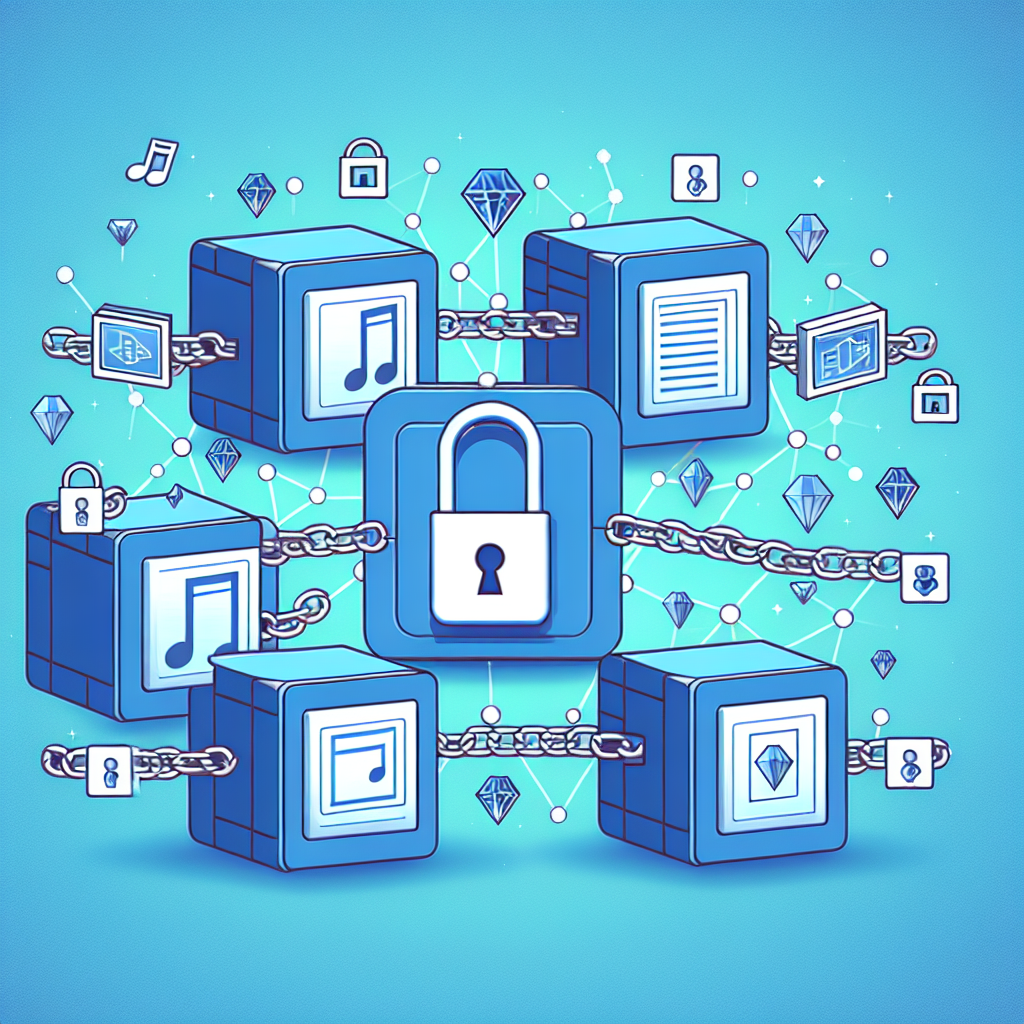
Introduction
In the ever-evolving digital landscape, managing digital rights effectively is crucial for content creators and owners. Blockchain technology has emerged as a groundbreaking solution to enhance digital rights management (DRM), offering unprecedented levels of transparency, security, and efficiency.
What is Digital Rights Management?
Digital Rights Management (DRM) refers to the technologies and tools used to protect intellectual property rights in digital content. It ensures that creators and copyright holders can control the use of their work, including limitations on copying, sharing, and distribution.
Challenges in Traditional DRM
- Lack of Transparency: Traditional DRM systems often lack transparency, making it difficult for content creators to track how their work is used.
- Centralized Control: Many DRM solutions are centralized, increasing the risk of censorship and potential exploitation by intermediaries.
- High Costs: Implementing and maintaining traditional DRM solutions can be expensive, particularly for independent creators.
How Blockchain Addresses these Challenges
1. Enhanced Transparency
Blockchain’s decentralized and immutable ledger allows for transparent tracking of digital assets. Each transaction related to a digital work is recorded on the blockchain, ensuring creators can verify how their content is used and monetized.
2. Decentralization
By removing intermediaries, blockchain empowers content creators with direct control over their work. This decentralization eliminates the risk of censorship and ensures fair compensation without relying on third-party platforms.
3. Cost-Effectiveness
Implementing blockchain-based solutions can reduce costs associated with DRM. Smart contracts automate licensing and payment processes, streamlining operations and minimizing overheads for both creators and consumers.
Real-World Applications of Blockchain in DRM
1. Music Industry
Blockchain is transforming the music industry by enabling artists to sell their music directly to fans, manage royalties, and retain ownership of their work.
2. Publishing
Authors can use blockchain to publish their books and maintain control over copyright while receiving fair compensation for each sale without the need for traditional publishers.
3. Digital Art and NFTs
Non-fungible tokens (NFTs) built on blockchain technology provide artists with a platform to sell unique digital art pieces while guaranteeing ownership through smart contracts.
Conclusion
As blockchain technology continues to advance, its implications for digital rights management are profound. By providing enhanced transparency, decentralization, and cost-effectiveness, blockchain is enabling a new era of digital content management that empowers creators and protects their rights.
